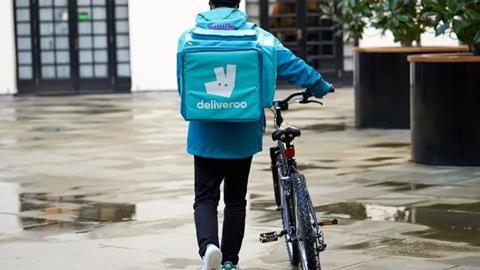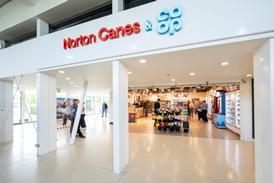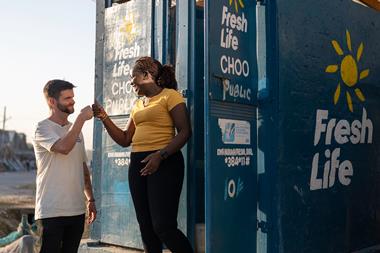
Instant delivery services have evolved far beyond their origins in food takeaway. Platforms like Deliveroo, Uber Eats and Just Eat are expanding rapidly into the retail space, bringing with them a new level of consumer expectation – and grocery is firmly in the spotlight.
What was once a convenient option is now becoming a default demand. The expectation of immediacy is reshaping how consumers think about access to products, especially everyday essentials. It’s a shift that is already having a profound impact on how grocery retailers plan, operate and compete.
Amazon set the bar with next-day and same-day fulfilment. Now, consumers expect access to what they want, when they want it – not in a few days, but within hours or even minutes.
For instance, THG found 27% of next-day delivery orders were placed after 10pm, prompting them to extend their cut-off to 1am. That kind of shift in behaviour highlights just how deeply this new mindset has taken hold.
This is no longer just about online convenience. The changes are filtering through every part of the grocery experience. Platforms like Deliveroo have partnered with high street names including Wilko and The Perfume Shop, and are moving fast to make everyday products instantly accessible. Uber Eats is trialling new features such as aisle indexing to speed up grocery fulfilment even further.
These aren’t just logistics improvements – they’re part of a bigger rethink of what delivery should look like.
Redefining grocery retail
The commercial potential is huge – and investors know it. Deliveroo’s share price jumped 17% following a £2.7bn takeover proposal from US delivery giant DoorDash, underlining the growing value of the sector and its strategic importance globally. If the deal goes through, it could accelerate innovation and competition in instant retail, particularly in grocery, where fulfilment speed is fast becoming a differentiator.
At the same time, the traditional, linear shopper journey is disappearing. Consumers don’t move neatly from awareness to consideration to purchase anymore. Discovery often happens on social media, and buying decisions are made quickly – sometimes instantly – in response to a moment or need.
Instant delivery reinforces that behaviour, encouraging fast, frictionless purchasing.
Physical retail is also being redefined. Some nine in 10 Brits returned to stores in October and November 2024, and under-35s made an average of 9.5 visits in November alone. These shoppers are looking for more than shelves and checkouts. They want an experience – one that combines immediacy, convenience and personalisation.
Delivery pain points
But speed isn’t the only pressure point. The rise of instant delivery brings operational challenges, particularly for grocery retailers managing already complex supply chains.
It also raises important questions about sustainability. As demand grows, so does the need for responsible, efficient delivery models that balance customer expectations with environmental impact.
At the same time, retail media is becoming more closely tied to delivery. As consumers move seamlessly from discovery to fulfilment, they expect advertising to be just as responsive – targeted, context-driven and timely.
The growth of retail media is feeding into this broader shift, giving retailers and brands new ways to connect with shoppers in the moment.
The rise of instant delivery is not a passing trend – it’s a fundamental change in how consumers engage with products and brands. For grocery retailers and fmcg brands, the challenge now is to create an experience that meets the demand for speed, personalisation and convenience – without sacrificing quality or values.
The future is being delivered – instantly. The only question is who’s ready for it.
By Chris Camacho, CEO, Cheil UK



















No comments yet